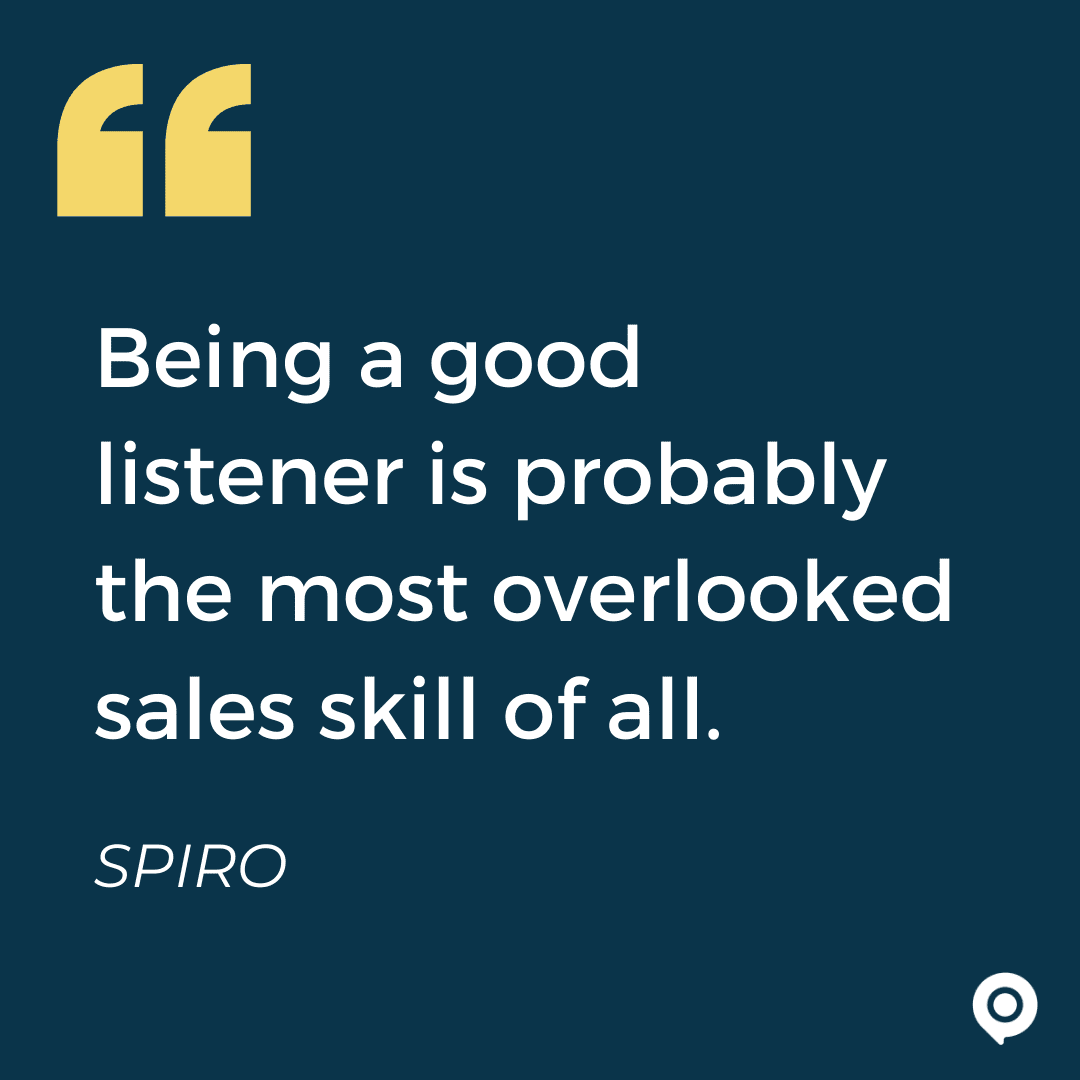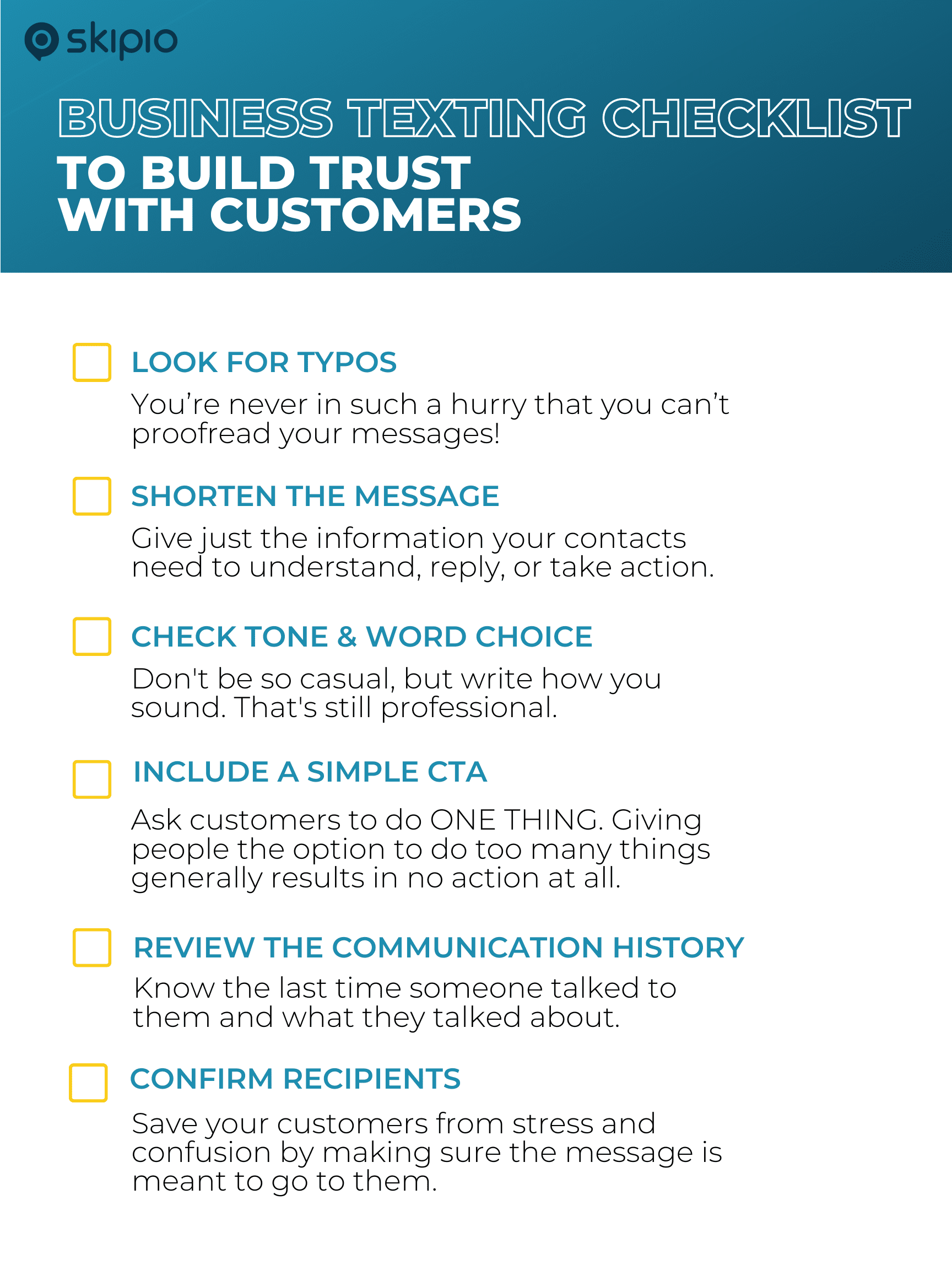
Did you know that one-quarter of all plants purchased throughout the year are purchased for Mother’s Day? One year mine lasted exactly 12 hours.
My then-preschooler knew, per her teacher’s instructions, my plant needed water to eventually bloom. However, her enthusiasm to get the little plant blossoming came in the form of watering by the gallon, six times in one day. Alas, our little sprout lived a short life.
Overwatering chokes the life right out of your plant. In gardening terms, soil that is constantly wet doesn’t have enough air pockets. As a result, plants are not able to breathe by absorbing oxygen with their roots. When this occurs, your plants start to wilt, giving the appearance of too little water (go figure) even though the soil is wet.
Once my daughter saw her Mother’s Day gift start to wilt, she watered it, and watered it some more. And then some more. My poor plant never even stood a chance…
You know that feeling when you find the golden lead, the ideal customer? That perfect someone who fits the mold in every way and would stay loyal forever? Naturally, you want to take really good care of that lead, so you water them with your enthusiasm, information, and education.
Then one day, for whatever reason, that golden customer stops opening your emails. Or returning your calls. Or replying to your texts. That lead starts to wilt.
So you water it some more — if they only had more information. And some more — if I was just a little more charming. And some more — if they could just see how amazing this program is.
Until that lead is dead and ghosts.
Take the Guesswork Out of Nurturing Prospects
I’m fairly certain all of us have been over-nurtured by a well meaning sales rep. At that point, sometimes ghosting feels like the only option. Because if that SDR only wants to push information at you and continually overwhelms you, it doesn’t inspire confidence that your “no” will be listened to.
Don’t be that sales rep — the one so focused on nurturing and selling that you leave people with no choice but to ghost. Your potential customers are real people with real needs. Listen to them and learn what those needs are. Use what you learn from one prospect to make the nurturing experience better for every prospect after that.
“Being a good listener is probably the most overlooked sales skill of all. Many sales reps spend far too much time talking, and nowhere near enough time listening to what the customer truly wants. If you listen attentively, and pay attention, the customer will tell you everything you need to know in order to close their deal.” — SPIRO

The goal of lead nurturing is to build a relationship with a lead before trying to push a sale onto them. Both fortunately and unfortunately, sales thrives in our digital world. But our love of all things digital makes it easy to lose the personal touch and drown people in content and messages.
Don’t let that happen to you. Here’s how to minimize ghosting and create a personalized buying experience for all of your leads.
Plan for Personalization From Lead Gen to Closing
Every morning I perform an inbox cleaning ritual. I quickly swipe delete nearly every email in my inbox. The only emails that survive aren’t the ones that use my name or have some sort of personalized subject line but rather those that have personalized content.
“Consumers are four times as likely to respond if content is personalized.” — AutopilotHQ
This statistic could also read, “Consumers are four times less likely to delete a message if the content is personalized.”
Gather information from people during the lead gen process and throughout your nurturing cycle. This includes everything from name, company (if applicable), age range, interests, form of contact they prefer, and the best time to contact them. Everything you learn about a lead can be used to personalize your outreach.
To help you write individualized messages, use these best practices:
– Invest yourself in knowing their pain points and the problems they want to solve.
– Find out which product(s) of yours they are interested in.
– Segment prospects into groups based on behaviors, location, skills, or interests.
– Incorporate specific details about their company and job in your outreach.
– Ask relevant questions that spark conversations about what matters to each prospect.
To effectively follow up and do all the things listed above, you need to use a communication platform that allows you to input these personal details with ease. When you optimize your lead nurturing in this way, you strongly increase your chances of converting a lead.
Use Sales Tools That Prioritize Personalization
The right communication platform is going to be your most valuable sales tool. And the “right” one is the one that helps you reach people how they prefer and with messages that stay personal. That way they see your messages and actually care to respond.
Email or phone calls sometimes hit the mark, but email outreach too often feels spammy (even when it’s not) and phone calls always seem to come at inopportune times. So while they can certainly make up part of your nurturing, these days you’re better off with text messaging through a platform like Skipio.
“85% of consumers want to engage with a business via text.” – SalesHacker
Think about it: You integrate Skipio with your CRM and calendar, so pulling in personal info to every text, even when messaging a group, is super simple. This individualized outreach then happens in a fast, convenient way and how people prefer.
Of course prospects are more likely to respond to messages like that instead of just disappearing!
Master Scheduling and Automation
These days, basically all lead nurturing happens virtually. But timing is still everything. Regardless of how amazing your product is, or how interested a lead may be, catch them at the wrong time (especially over and over again) and you could be written off forever.
You succeed when you reach your audience “where” they are — on their phones — at the time they wish to be contacted. This doesn’t mean constantly staying available though. It’s about scheduling your messages for the right times and figuring out the most effective follow-up cadences.
Just like you once created lead nurturing sequences for emailing and calling and didn’t really know what would be most effective for your leads, you need to do the same for texting. Write some messages, add them to a schedule, and see how the drip works.
Always remember that follow-up is never one and done and it’s never the same for all your leads. Your follow-up schedule for a brand new hot prospect shouldn’t be the same as the follow-up you do for someone who no-showed to a call.
When you methodically plan and automate all your follow-up, you stay top of mind without overwhelming people. That’s lead nurturing that works.
Healthy, qualified leads don’t ghost
Some leads will always ghost. That’s sales. But you do yourself a favor when you continually ask yourself questions like, “Are these leads a good fit for our product” or “Does this lead need more time to make the right decision?”
There’s no amount of nurturing you can do to force a lead to convert if the fit or timing isn’t right. Part of a successful sales process is knowing when to let go and then doing it. No need to wait for someone to ghost and waste your time.
So use the strategies we shared combined with your knowledge of your industry and target audience to create a nurturing process that promotes growth and minimizes ghosting.
This post was originally published on May 30, 2018 and was most recently updated on June 1, 2020. Major updates included new graphics, recent sales stats, detailed notes on effective lead nurturing, and specific tips for preventing ghosting.



